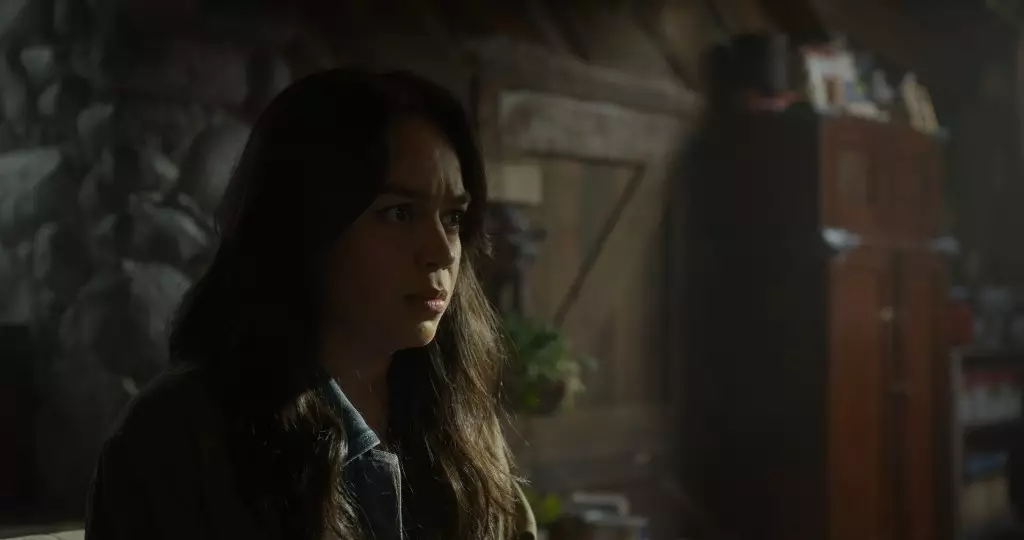The Final Destination franchise has captivated audiences for over two decades by exploring the intricate dance between life and death, but the latest installment, *Final Destination: Bloodlines*, takes this dynamic into a bold new direction. Premiering on May 16, the film introduces a premonition rooted in the past—specifically 1969. Director Zach Lipovsky has acknowledged that this deviation from the familiar contemporary settings is designed to disorient and intrigue long-time fans. By starting the film in an era that most viewers won’t associate with today’s cultural and cinematic themes, Lipovsky is betting on the nostalgia of the era to create a more chilling atmosphere.
Lipovsky’s choice to feature a deadly premonition in the opening sequence—a hallmark of the series—paired with a return to the present day through the eyes of a different character, suggests a significant narrative leap. This transition poses the question of not only how death will manifest in this new timeline, but also who will truly be the main character. While audiences are accustomed to the predictable structure of the franchise—anticipating who will die next and how—it seems that Lipovsky is intent on altering this formula. This infusion of unpredictability adds a layer of excitement that could potentially keep viewers teetering on the edge of their seats.
Innovation in Horror: Subverting Expectations
What stands out most in Lipovsky’s approach is his commitment to blending innovative storytelling with the franchise’s established identity. No longer is the audience promised a straightforward lead character who survives; instead, they are invited to experience a plethora of twists that may subvert their expectations entirely. By emphasizing the element of surprise, *Bloodlines* challenges the comfort zone that has long characterized horror cinema, which often relies on established tropes. This clever maneuver is likely to garner a fresh appreciation from both newcomers and die-hard fans who crave something beyond the repetitive scares of previous iterations.
The film’s trailer, which garnered an impressive 178.7 million views in its first 24 hours, hints at the high stakes and sheer visceral thrill that *Bloodlines* promises. The sheer numbers point to an eager anticipation for these narrative shifts, suggesting that audiences are not just hungry for more death and destruction but are also yearning for a reinvigorated exploration of fate, choice, and the intricate connections we share.
The Psychological Underpinnings of Death’s Design
Another compelling aspect of *Final Destination: Bloodlines* lies in its psychological depth, particularly through the character of Stefanie, a college student haunted by a recurring nightmare. This narrative start invites viewers to delve into the emotional and mental struggles that accompany the pursuit of survival. Rather than being mere pawns in Death’s game, characters like Stefanie humanize the horror, grounding the more surreal elements in relatable experiences. Her search for a way to break the cycle of death serves as both a plot driver and a thematic exploration of agency and the anxiety of fate.
In this new entry, the stakes are not just the gruesome deaths expected in the franchise, but the psychological toll that various traumas can create. The juxtaposition of past and present not only adds depth to the narrative but speaks to our collective understanding of trauma and legacy. It challenges viewers to consider how past events shape our current realities—an insight that may resonate deeply, resulting in a film that is as intellectually engaging as it is viscerally entertaining.
The combination of a new era, unpredictable storytelling, and an exploration of psychological themes positions *Final Destination: Bloodlines* as a promising entry that could redefine what fans have come to expect from this beloved franchise.


Leave a Reply